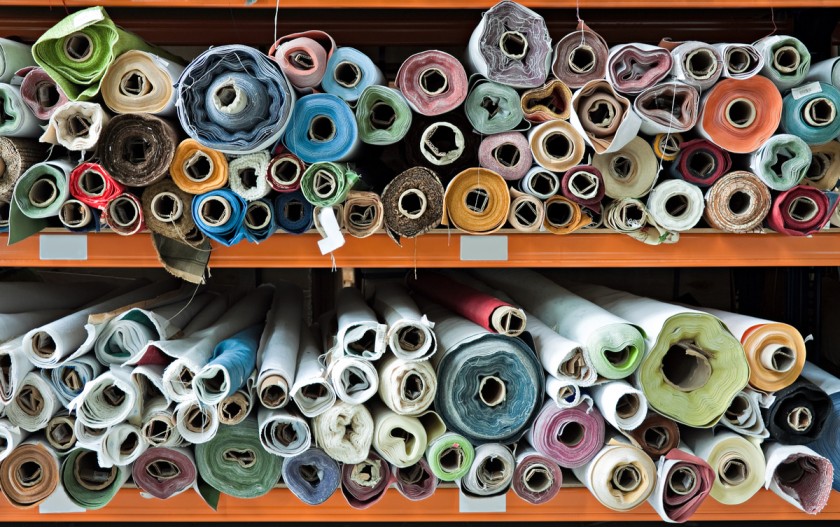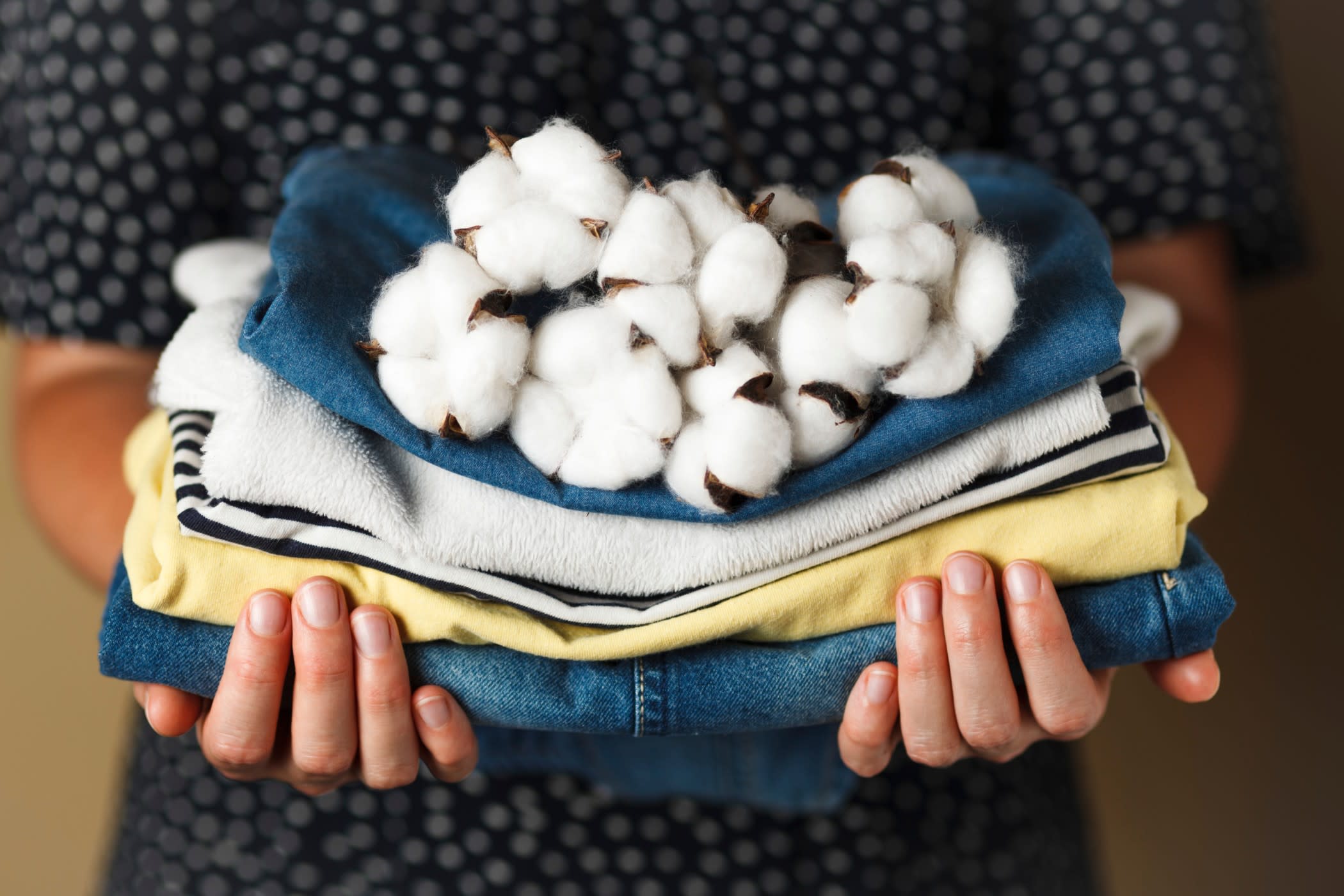3 Major Reasons Why Sustainability Is a Monumental Issue in Textiles



The textile industry, the second-largest sector of the global trade market, contributes to over 10% of the worldwide greenhouse gas emissions. The growing demand for fashion has pushed the textile industry to become one of the largest industries in the world.
The manufacturing, processing, care, use, recycling, and disposal of fabrics consumes many resources and energy. For every good product, we lose natural resources. All countries are now facing the same problem of textile waste management, majorly due to the large production of unsustainable textile products.
This is why focused efforts are being made towards moving to sustainable textiles and production practices. Let us understand why sustainability is a monumental issue.
But first, you must learn what sustainability in the textile industry is.
What Is Sustainability in Textiles?
In simple words, sustainability is described as our responsibility to lead a life that will allow future generations to live comfortably in a clean and healthy world. Sustainability affects every species of the planet.
Sustainability in textiles means all inputs and outputs are safe for the environment and other species. The industry needs to take care of every aspect involved in manufacturing to ensure sustainability. For example, the product life cycle, energy and materials used, human resources, etc. In other words, sustainability in the textile industry means utilising resources without exhausting them.
The textile industry has many players from various sectors like agriculture, retail, service sector, chemical, fibres, manufacturing, dyes, and waste treatment. To ensure sustainability, the industry needs to build on equality, social justice, animal welfare, and ecological integrity.
Why Sustainability in Textiles Is a Monumental Issue?

- Carbon Footprints and Textile Industry
Carbon footprints are the total amount of greenhouse gases generated in a process. In recent years, the exponential increase in the greenhouse gases like Carbon Dioxide, Methane, Nitrous Oxide and Fluorocarbons are responsible for raising the atmospheric temperature. These gases further contribute to the devastating effects of climate change.
The main reason behind greenhouse gas emissions is fuel production and consumption. The carbon footprints in the textile industry are based on energy or fuel utilised in each step of the process needed to create the clothing. It includes producing and sourcing raw materials, designing, manufacturing, finishing, dyeing, shipping, and managing waste.
- Waste Management in the Textile Industry
The rise in production also gives rise to waste. Improper handling and irregular disposal of textiles waste in the industry contributes hugely to water, landfill, and air pollution.
Let’s talk about landfills first. According to a report, 85% of textiles thrown away are dumped into landfills or burned in the U.S. It would be fair to say the reason behind landfill waste is consumer behaviour. And to meet the demands of the consumer, many brands prefer to produce inexpensive, non-durable clothes. When clothes end up in landfills, they take years to decompose and is are also a waste of money and resources.
It is not just used clothing items that end up in landfills but deadstock fabric also. Deadstock fabrics are the leftover pieces of clothing. There are various reasons for deadstock fabrics like brands overproducing clothes to reach minimum order value, overestimation of material, discontinued orders, etc. And most of the time, the pile of deadstock fabrics ends up in landfills.
Now that’s just landfill waste. Water waste is no different. The manufacturing process in the textile industry uses water and many chemicals throughout, mainly in bleaching, dyeing, and scrolling. If the contaminated water ends up in the reservoir, it is hazardous for marine life and humans. Another major cause of water pollution is the high use of fertilisers and pesticides used in the production of conventional cotton. It is dangerous for people working in the field and wildlife as well.
One of the significant contributors to water pollution is fibres like polyester, nylon and acrylic. These fibres are not biodegradable and hence create micropollutants. And It is a significant threat to marine life.
- Animal Welfare and Social Responsibility
Do you know how many animals are slaughtered by the leather industry? Well, according to a report, around 430 million per year. This article from PETA explains how animals are treated and killed for clothing. And this is reason enough to stop using animals to fulfil senseless fashion demands.
And not just animals, humans too are mistreated in the textile industry. Modern-day slavery is not new to the textile industry. Workers are overworked and underpaid. They are further exposed to numerous health hazards. Farmers and their families suffer from harsh chemicals used to produce non-organic materials. The pollution in waterways causes severe health issues. And many developing countries do not have labour regulations which lead to the exploitation of workers.
These are the major reasons fashion brands and retailers need to create a sustainable fashion industry. And here are some ways you can achieve it.
How Can Fashion Brands Be Mindful of Sustainability?

- Reuse and Recycle
Using up deadstock fabric is a major trend these days. And brands can capitalise on it. It is also called upcycling fashion. Also, focus on reusing leftover materials, offcuts, and fabrics.
- Go Organic
Fashion brands should emphasise using natural materials like hemp, bamboo, and ramie. These materials utilise less water and are biodegradable. Also, encourage organic farming to provide a safe environment for farmers and their families.
- Renewable Energy Sources
Use more renewable energy sources like solar power and less carbon-emitting sources like coal.
- Fair Trade
Fashion brands must provide an ethical and competitive work environment for everyone involved in the process. It consists of paying fairly, incorporating healthy work habits, having fair policies, not using hazardous equipment, providing proper training, etc.
- Better Waste Management
Create a foolproof strategy to control the waste generated during the textile process. Also, take initiatives to reuse and repurpose the waste. Brands can organise campaigns where people donate their clothes, and brands will repurpose them. It will also create awareness in society.
- Study Consumer Behaviour
The primary cause of landfill waste is consumer behaviour. Brands need to study consumer behaviour and produce accordingly. As a fashion brand and retailer, you must educate your customers about sustainability.
What Are The Advantages Of A Sustainable Textile Industry?
- Advantages for people involved in its making
Besides being more reliable, sustainable fashion is somewhat further top-performing than its traditional equivalents. Sustainable clothes are long-lasting and biodegradable. It also guarantees no concession on the integrity of the fashion product or the occupancy and functional conditions of individuals manufacturing them.
The endurable fashion industry encompasses ethical manufacturing techniques and is devoted to improving the clothing industry's worldwide effect by:
- Making the sector sweatshop free
- Guaranteeing decent earnings and trade
- Stimulating safe-working environment
- Being cruelty-free
- Advantages for the society
Nowadays, the trend has shifted more towards sustainability, wherein the majority of the people are opting to go for credible living and striving for more endurable alternatives.
The modern clothing revolution is assisting the customers in comprehending the importance of ethical clothing and also making them aware of the booming fashion industry.
Moreover, Fashion Revolution is helping consumers understand the significance of ethical fashion, thereby inspiring them to drive a transformation in the fashion industry.
- Advantages for the environment
Opting for organic fibres such as bamboo, hemp, linen, and organic wool, amongst others, can help reduce the environmental footprint. What's more? It can also help reduce the number of chemicals in your life.
Currently, several global clothing brands have come up with reusing the reclaimed product through the consumers. Brands that are onto this include Nike, H&M, and Levi's.
These brands collect the used fashion products through every store of their brand. H&M does this and contains such bags full of clothes through each store.
However, Levi's has its way. They offer incentives to return used shoes and clothes to their store. In contrast, Nike carries the used shoes to utilise their soles in the rubber athletics surfaces, for instance, on a track.
Some of the global impacts of sustainable development are that:
- Sustainable clothing could save lots of natural resources
- It would save animal lives
- It would save a lot of water
- Supporting a fair working environment
The Bottom Line
Sustainability in the textile industry has become essential. It has become crucial for fashion brands and retailers to work on sustainability strategies. Brands must take social accountability seriously and work toward the well-being of everyone included in the cycle.



















